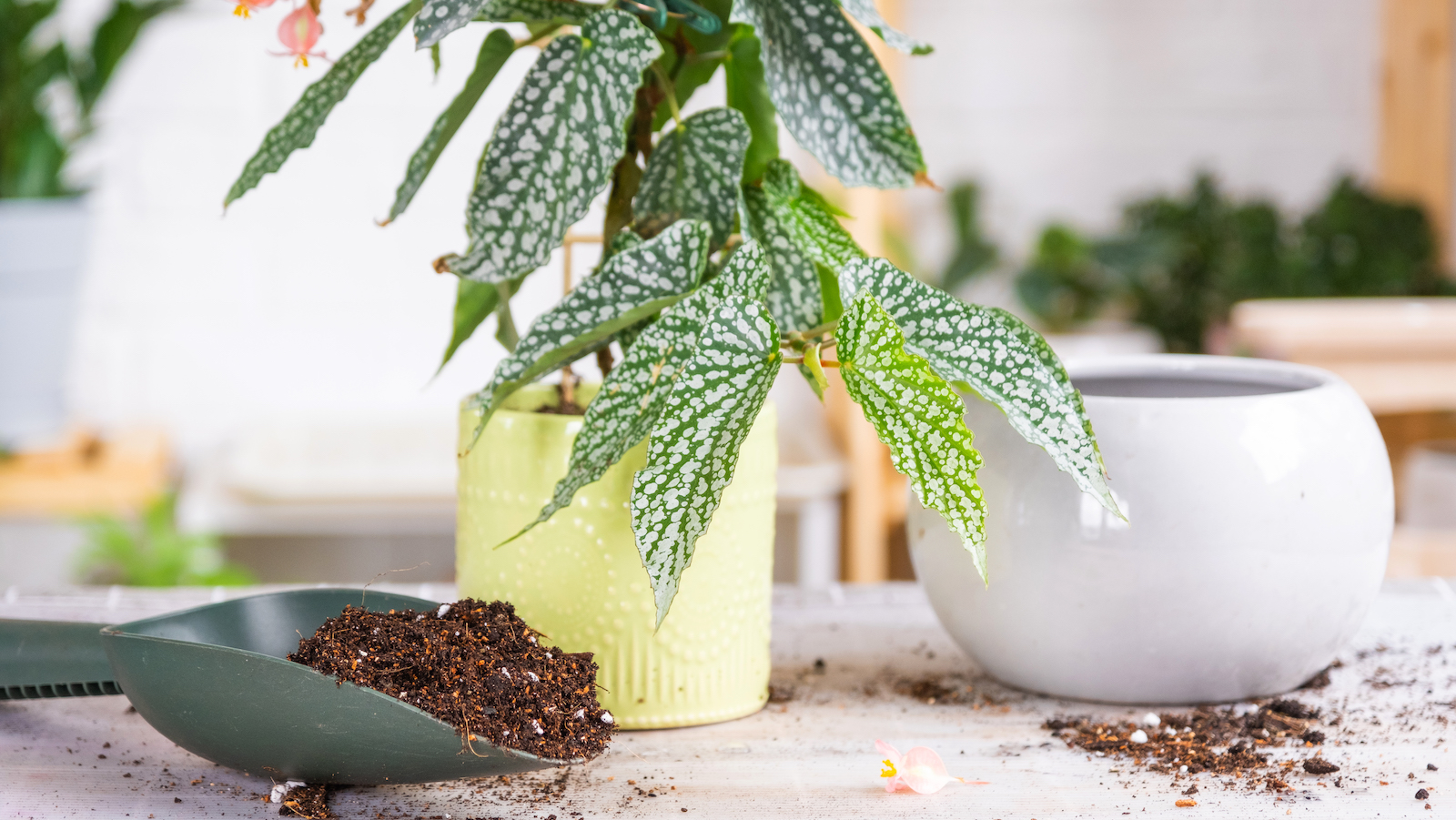
If you're an attentive plant parent wondering when to fertilize houseplants, our experts will point you in the right direction.
While most indoor greenery is fairly self-sufficient, your leafy friends will need more than a bright corner. Besides water, they'll need nutrients, too. Our gardening pros reveal when it's best to fertilize houseplants to help them thrive.
We delve into knowing how to pick a time to give your delightful collection of indoor plants a bolus of nutrients, and the fertilizers to consider.
When to fertilize houseplants, according to the pros
While caring for houseplants, it's crucial to look out for particular signs from your green babies indicating that they need TLC.
"You'll want to fertilize houseplants as they are actively growing," says Jamie Mitri, the founder of Moss Pure. "You can see this happening if you notice new or growing leaves, buds, or roots."
When gardening in an apartment or home, you should fertilize your flora during their active growth period, which is typically in the early spring to late summer, according to Gene Caballero, co-founder of GreenPal.
Depending on the plant's needs, this will be either bi-weekly, or monthly. Once the colder weather rolls around, things tend to change. Gene says, "During the fall and winter, most houseplants enter a dormant phase and require less fertilizer, if at all."
However, that's not to say that your greenery should be over-fertilized during their growth period, either. Houseplant mistakes have taught us there can be too much of a good thing.
"Follow the specific recommendations for each plant type, as over-fertilization can harm them," Gene adds. "Use a balanced, water-soluble fertilizer diluted to half the recommended strength to avoid overfeeding. Applying fertilizer to moist soil is also important to prevent root burn."
Consider what each particular potted cutie needs, its suggested form (liquid or powder) and follow instructions carefully. The Arber Organic indoor house plant fertilizer liquid concentrate on Amazon continues to be a fan-favorite, as is Instant Plant Food's two-pack houseplant fertilizer tablets at Target.
"The best thing to do is to apply the fertilizer per the manufacturer's recommendations to ensure you are adding enough and adding it correctly to help your plants grow," Jamie adds.
You can opt for The Sill's Plant Fertilizer for $20, which comes with a 9-3-6 NPK ration (that's nitrogen, phosphorus, and potassium — common fertilizer components) and is suitable for both indoor and outdoor plants.
Higher ratios means the fertilizer is more concentrated. It's not necessarily beneficial to add fertilizer shortly after repotting succulents or plants, or for those green companions in low-light areas, per The Sill.
"Lastly, monitor your plants for signs of over or under-fertilization, such as yellowing leaves or stunted growth, will help you adjust your feeding schedule and concentration as needed," Gene says.
Dying to take your green endeavors outside? Expert reveal what to plant in March and why these specific blooms work.







